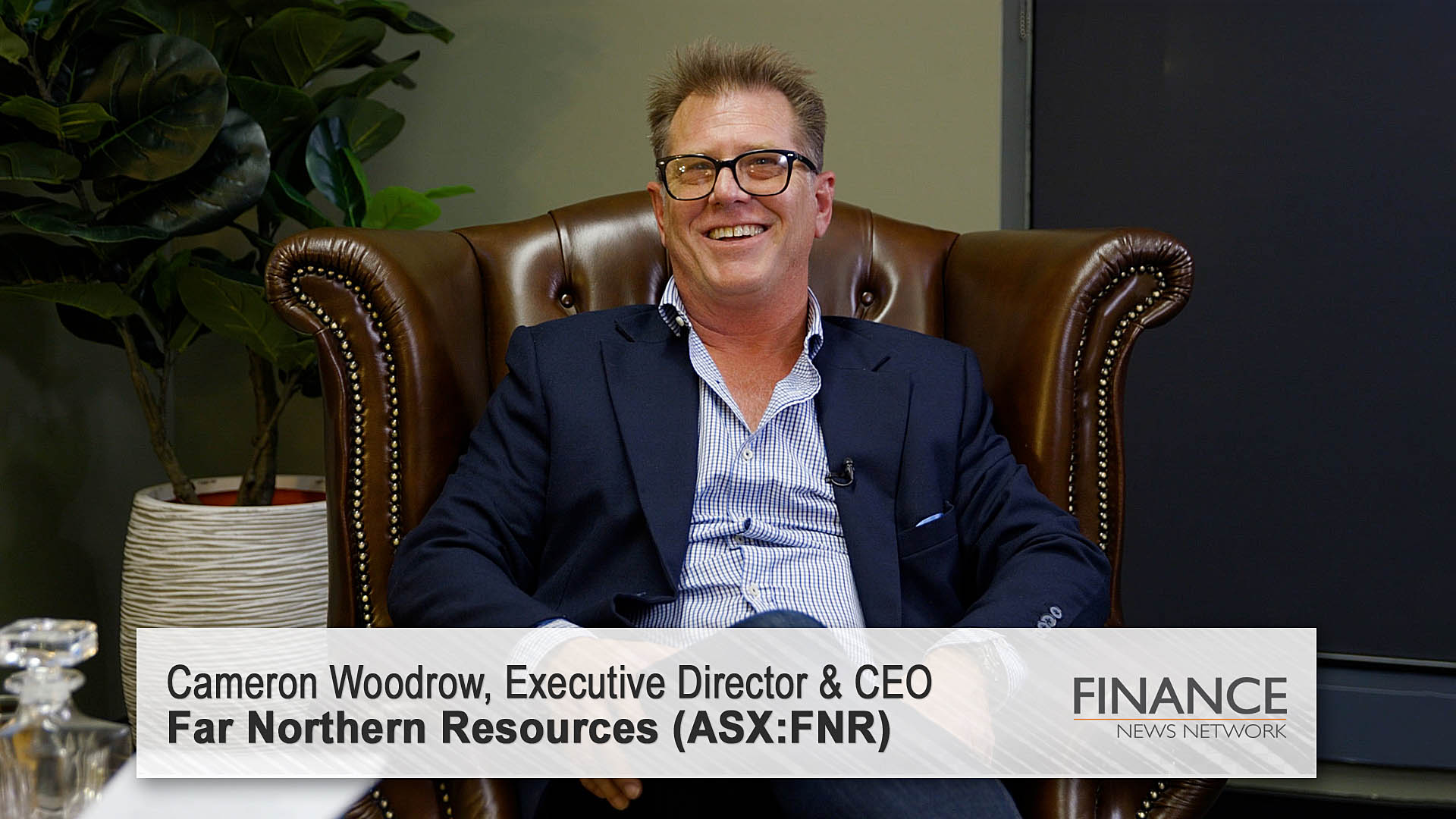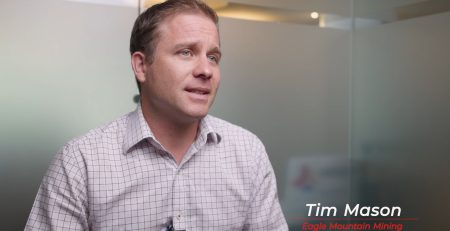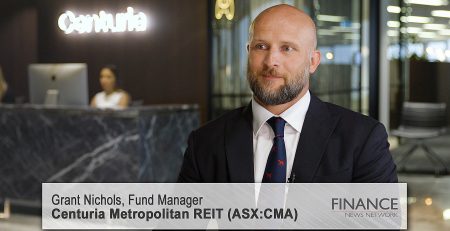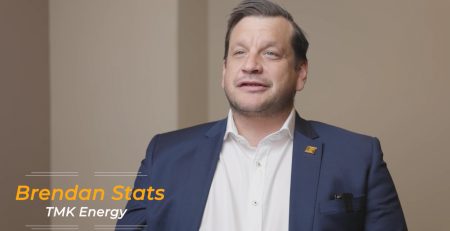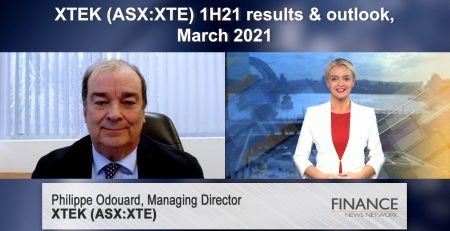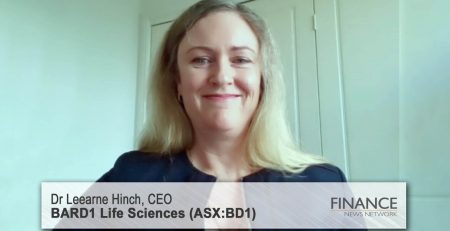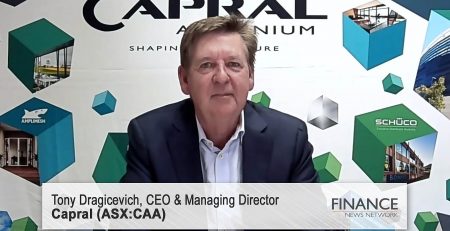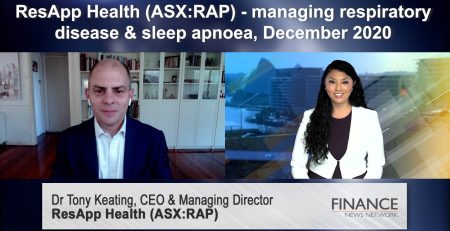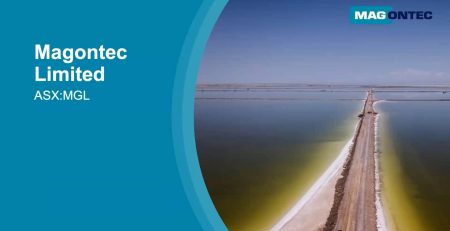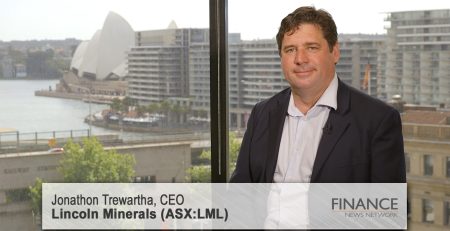Far Northern Resources (ASX:FNR) to list on ASX
A pre-IPO interview with Cameron Woodrow, the Executive Director and CEO of Far Northern Resources Limited (ASX:FNR). Mr Woodrow discusses development of the company's three gold and base metals projects in the Northern Territory and north Queensland.
Paul Sanger: I'm Paul Sanger for the Finance News Network, and today I'm talking to Far Northern Resources (ASX:FNR), who are planning to list on the ASX on Friday under the code "FNR". Far Northern Resources is an advanced Brisbane-based gold exploration and base metals company. They have three projects across Northern Queensland and the Northern Territories. The two Tier 1 projects, Empire and Bridge Creek, are significantly advanced, and sit on mining leases, are drill ready, and both hold JORC-compliant resources. I'm speaking today with their CEO, Cameron Woodrow. Cameron, welcome to the network.
Cameron Woodrow: Thanks, Paul, and thanks for having us.
Paul Sanger: So, Cameron, it's the first time we've had Far Northern Resources on the network. Can you give us a brief overview of the company?
Cameron Woodrow: Far Northern Resources was incorporated in 2017. We've been out in Northern Queensland in and around the town of Chillagoe for the best part of five or six years, focusing on one project predominantly, which is the Empire Stockworks Project. It sits on a mining lease. It's open in each direction. It's open at depth. And it's got drill-ready targets.
Paul Sanger: Cameron, let's talk now in a little more detail about the three projects you currently own, starting with Empire.
Cameron Woodrow: Empire is in North Queensland, as we said. It's 200km west of Cairns. It's almost sealed roads all the way up to Chillagoe these days. Chillagoe itself, beautiful little mining town with all the amenities that you'd expect — workforce, fuel, water, airstrips. The Empire project is just about 20km west of the town of Chillagoe. It's got a small resource. There's two breccia pipes on the property. To date, we're just drilling around the northern end of the first breccia. We've got about 20,000 to 25,000 ounces of gold there in the top 40m at the moment. There's indications of a porphyry at depth. Far Northern Resources on listing is intending to continue with the drilling program that we started in 2019, 2020, and step out away from the Empire project to the south.
Paul Sanger: And how much bigger could Empire be?
Cameron Woodrow: That is a loaded question. That's probably something that should be answered by a geologist. The intention at the moment is to do another 5,000m to 10,000m of drilling at Empire over the next two years. There's multiple targets at Empire that I think could significantly increase the resource. We drilled it to about 50m, but we also put some deeper holes down to 150m. We found that it was getting more sulphide-rich the deeper we went and the grades were getting better.
We've mapped and costeaned to the south of the Empire Stockworks. In doing so, we ended up running into some old copper shafts and pits that we can only estimate are circa 1880, 1900s. Those came back with some pretty incredible copper-gold assays. And that, along with drilling further south between the copper pits and the Empire Stockworks, will be the main priority of the drilling this year.
Paul Sanger: And what sort of infrastructure is in place and available to you?
Cameron Woodrow: Chillagoe has been a mining district since before the 1900s. There is a mining camp at Chillagoe at the moment. There's an operational mine at Chillagoe at the moment called King Vol. There is a mill at Chillagoe that was built by Coolgarra back in 2008, 2009. It's a flotation plant. It's also got a copper circuit. It's got capacity of sort of 500,000 to 600,000 tonnes per year. At the moment, it's on care and maintenance. Auctus were the last guys that were utilising that mill, and they were very good to us. They took a lot of samples from our 1920 drilling campaign. They did a lot of benchwork with those samples. We've got a pretty good indication now of the metallurgy that would potentially come out of the Empire project. I think we should be able to see, if our research is right, recoveries of at least 92 per cent.
Paul Sanger: Fantastic. And just finishing off on Empire, how does Empire compare to other nearby projects?
Cameron Woodrow: Our direct neighbours are Red Dome and Mungana and King Vol. Historically, there are a number of old mines in the area. King Vol, Mungana and Red Dome are on the other side of the Palmerville Fault. Our research tells us they actually sit in a different geology. I think the best example from the research that we've done is probably Kidston. There was a paper written that compared the project to Kidston, and I think it's because of the surface expressions, the veining, the spider veins, the two breccia pipes. I think that's probably the reason.
Paul Sanger: Let's move on to Bridge Creek. What is the status of the drilling and the mapping at Bridge?
Cameron Woodrow: Bridge Creek's a project that comes into us on listing. We haven't actually done any work there personally ourselves. We've done some desktop work. It sits on the Cosmo Howley Anticline. It's about 12km away from Cosmo Howley. There's probably circa three million ounces of reserves around us. Bridge Creek itself is sitting on three mining leases. It's had sort of 20,000m to 25,000m of drilling into it, but this was done in the '80s and '90s. It's all shallow. I think the deepest hole that I could find was 70m. I think the drilling conditions up there were extremely tough and the resource that we've managed to put around Bridge Creek, which is 70,000 ounces inferred, came around about just before Christmas and was done by a chap called Chris Speedy out of Brisbane. And what I found from that project was that almost 40 per cent of the drillhole data, we weren't able to use in the JORC resource. So, we've got a drill plan now to go back and basically infill that project down to 70m to 100m. From that point, what we'll do is turn our attention to some deeper drilling, because we found that is what has brought the ounces in for our neighbours on either side.
Paul Sanger: And let's go on to your final project, Rocks Reef. I believe you've identified several major targets at Rocks Reef. What is the plan for these targets and what's the timeframe?
Cameron Woodrow: Rocks Reef was actually the first project that Far Northern Resources picked up. We picked that up together with a bunch of other mining leases that encompassed the Empire project, right? And I think, over time, we whittled them down to these two projects that we thought were keepers. We obviously haven't done as much work as Rocks Reef as we would have liked to, but it's probably one of the more interesting blocks, personally, for me. There's a lot of early exploration work still there to be done. We've carried out some reconnaissance exploration on that area several times. There's an anomaly there called China Wall that has had about 150 aircore holes put into it. I think the deepest hole was 20m, and I think the best assay we got out of that was 6g at 5m. We've put a drill plan in place to push that basement down to 50m and do about 2,000m of drilling. That anomaly is sort of 3km by 1km wide. And then there's another project there which is the one that I'm really keen to do some work on, which is called Roadside Copper. It's a huge anomaly. It's sort of 7km by 1km. It's got three mag lows. We've found some data in regards to some soil sampling that was done by the previous owners back in the '90s that's pretty impressive, and we can't wait to get out there and do some IP and then move on and do some deeper drilling or some exploration drilling, hopefully towards the end of the year.
Paul Sanger: And, obviously, a big week for you. You're planning to list an IPO this week. Once you IPO, I guess the big question is, with those funds, how are you going to deploy them?
Cameron Woodrow: The company's been active in preparation for the float. We've had geologists on the ground sampling and mapping. Those results should be available to the market in the near term. We've also been in negotiations to secure a contract for 20,000m of drilling across the three projects. That will start second quarter, 2024. We hope this will allow us to upgrade the resource and potentially move towards some early production.
Paul Sanger: And, Cameron, just to finish off, my last question — is there a plant available?
Cameron Woodrow: Far Northern's actually been engaged with the owners of the Mungana plant. We've been exploring the possibilities of some early toll treatment possibilities of the Empire ore. It's early days, but these discussions need to be had with the current gold price.
Paul Sanger: Cameron, many thanks for your time today, and we look forward to getting back to hearing more from you later in the year.
Cameron Woodrow: Beautiful. Thank you.
Ends
Copyright 2024 – Finance News Network
Source: Finance News Network

